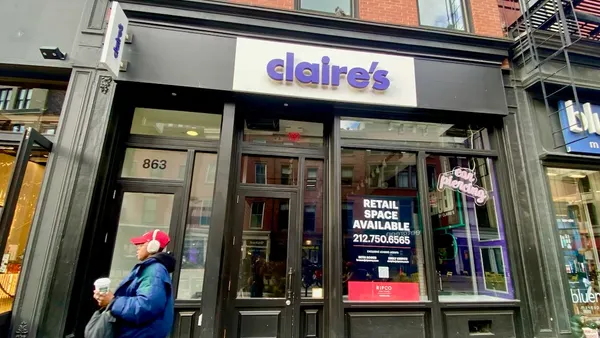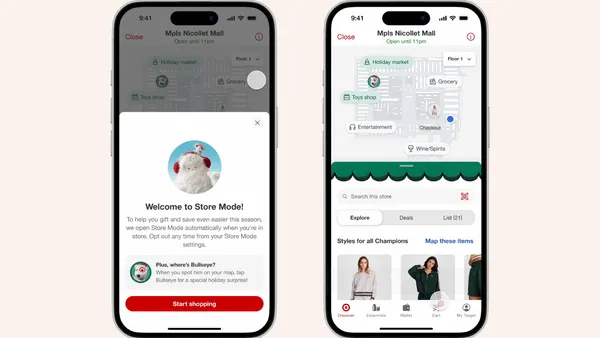Dive Brief:
-
Amazon is installing rooftop solar panels on more than 15 fulfillment facilities in the U.S. this year to generate clean energy for the centers to run on, and it has plans to deploy solar systems on 50 fulfillment and sorting centers globally by 2020, according to a company press release.
-
The initial round of installations will generate up to 41 megawatts of power at Amazon facilities in California, New Jersey, Maryland, Nevada and Delaware. However, a solar installation could generate as much as 80 percent of a single fulfillment facility’s annual energy needs, depending on location, time of year and other factors.
-
Amazon’s recent renewable energy projects include the company’s largest wind farm to date, located in Texas, and a network of wind and solar farms in Indiana, North Carolina, Ohio and Virginia that deliver energy onto the electric grid that powers AWS data centers. To date, Amazon has announced or commenced construction on projects that will generate a total of 3.6 million MW of renewable energy.
Dive Insight:
Ever wonder what all of those Amazon supply chain robots eat? It turns out they love solar power — at least the ones working in the sunny state of California do. Amazon said solar panels installed on the rooftop of its fulfillment center in Patterson, Calif., will feed energy to hundreds of Amazon robots used in the building.
Amazon claims to be a big fan of renewable energy, and it seems to have the research at hand to back up that claim: It was the leading corporate purchaser of renewable energy in the U.S. last year, according to the 2017 State of Green Business report. Among its sustainability projects, the District Energy Project uses recycled energy for heating the company’s corporate headquarters in Seattle.
That's an impressive resume, though Amazon is not the only retailer making a commitment to renewable energy. Target installed the most megawatts worth of solar panels among American businesses in 2016, according to the Solar Energy Industries Association. Wal-Mart, which has long been aggressive on renewable energy, was not far behind. Also, Ikea has a goal to produce as much to produce as much renewable energy as it consumes by 2020, and last fall began installing a massive solar array on the roof of one of its large distribution centers.
Retail is buying in to renewable energy in a big way. Lowering costs for solar panel technology and deployment probably have something to with that, but ultimately the lower energy costs to be realized likely can be translated into maintaining lower costs for customers. That is not a point lost on retailers, or on an increasingly sustainability-savvy populace.











